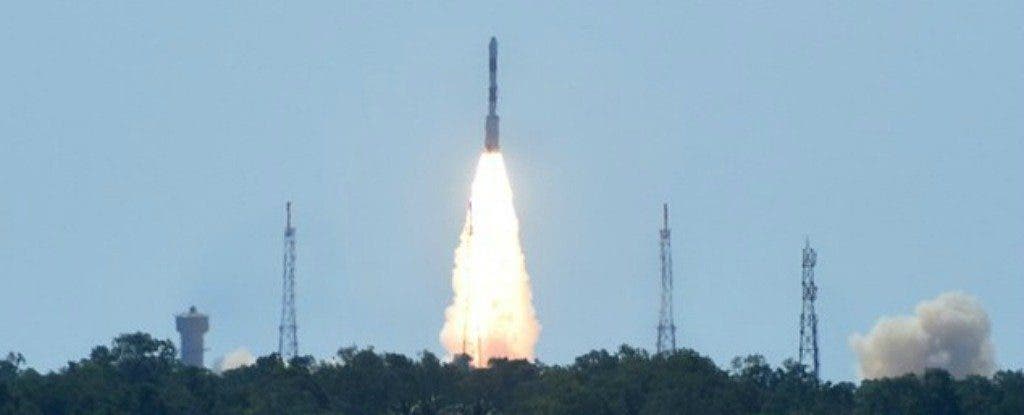India’s space agency is taking huge strides forward.

The Indian Space Research Organisation (ISRO) just sent 20 satellites into orbit with one launch — the largest satellite launch in their history. However, out of the 20 satellites, 17 were commercial, used for better TV signals or weather forecasts. But the main cargo is used for hardcore research. The ISRO’s 725.5-kilogram (1,599-pound) Cartosat-2 will be providing earth-monitoring data, much like NASA’s Landsat program.
“Each of these small objects that you are putting into space will carry out their own activity, which is independent of the other, and each of them will live a wonderful life for a finite period,” ISRO chairman A. S. Kiran Kumar told NDTV.
Pulling off this kind of launch is no easy feat. Aside from the launch itself, which has become somewhat of a routine, the satellites have to be split apart far enough from each other that they don’t interfere.
“After each satellite is injected into orbit, the vehicle will be re-oriented if required and the next satellite will be put into orbit with a varying velocity so that the distance between the satellites grows monotonically,” Vikram Sarabhai Space Centre director, K. Sivan, told T. S. Subramanian from The Hindu. “We will do this to ensure that there is no collision of satellites.”
“Then, after a huge gap of 3,000 seconds, PS-4 [the fourth stage] will be re-ignited for 5 seconds,” Sivan continued. “Then, it will be switched off for another 3,000 seconds. It will be re-ignited for another 5 seconds.”
For ISRO, this is significant for several reasons. First of all, this is a remarkable achievement, placing them closer to NASA’s 2013 record of 29 satellites and Russia’s 2014 record of 33. Secondly, it shows that they are reliable and will likely attract contracts from other commercial partners, which will further their research even more.
“India is attracting key foreign players, most importantly the US, in the space market thanks to its cost-effectiveness and credibility,” said expert Ajay Lele, a senior fellow at New Delhi’s Institute for Defence Studies and Analyses, who was not a part of the launch team.
Most of those ‘key players’ are actually companies from the US – choosing India over their homeland due to lower costs. Among these companies there’s also Google-owned Terra Bella, a company looking for “patterns of change in the physical world to help address global economic, environmental and humanitarian challenges.”






